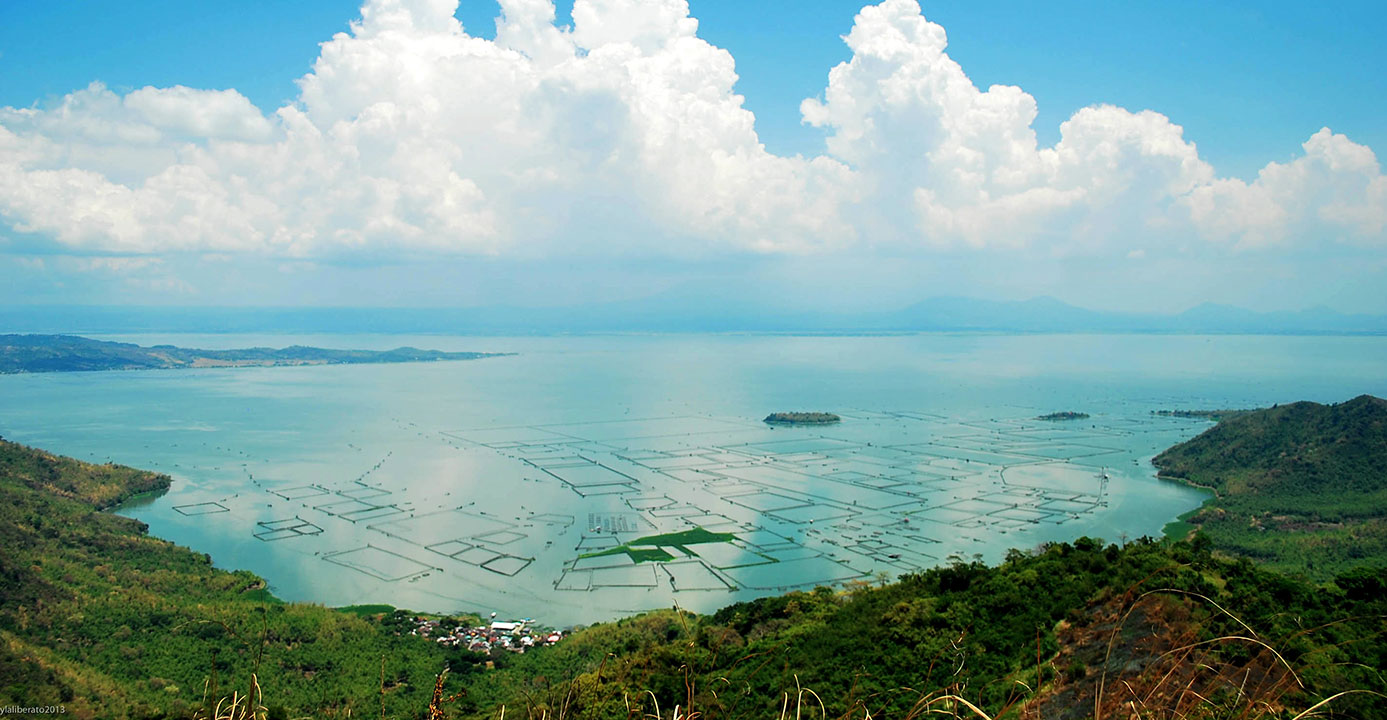
Static
By Marvin Tort

While the President recently ordered a review of flood control projects, it would serve the government equally well to revisit the post-disaster needs assessments (PDNAs) conducted after tropical storm Ondoy and Typhoon Pepeng (2009), as well as Typhoon Yolanda (2013).
Our present situation demands a hard look at how both public and private sectors have acted on the recommendations of those PDNAs — whether by implementing, funding, planning, or unfortunately, in some cases, disregarding them.
One cannot help but wonder how much of the damage from more recent typhoons, and even ordinary monsoon rains, could have been mitigated had we followed through on the reports’ recommendations. In 2009, it took a disaster of the magnitude of Ondoy or Pepeng to bring Metro Manila to its knees. Now, 15 years later, mere monsoon rains are enough to paralyze the metropolis.
These PDNAs, prepared with support from the World Bank, the Asian Development Bank, and other development partners, offered blueprints for making the country more resilient. Their recommendations focused on building resilient infrastructure, modernizing flood management, improving planning and disaster risk reduction (DRR), and enhancing institutional coordination.
The NEDA Board* approved the Metro Manila Flood Management Master Plan in 2012. And this led to the upgrading of many pumping stations in the metropolis. While these efforts have contributed to incremental improvements, the question remains: Are we genuinely building back better?
The “Build Back Better” principle is frequently invoked in speeches and planning documents, but its integration into national and local rehabilitation strategies is far from consistent. I believe this principle should be a guiding parameter as the government reviews flood control projects. Are new projects truly designed for resilience, or are we still rebuilding to previous standards, making us vulnerable to the same old risks?
On early warning systems and DRR planning, we have made significant progress. Forecasting is more sophisticated, risk mapping is more accurate, and hazard alerts are now sent directly to mobile phones. High-risk zones are identified, and communities are better informed about impending dangers.
However, while national DRR planning has improved, local implementation remains patchy. The capacity of local governments to enforce DRR measures varies widely. Elections every three years mean that local priorities can shift with every administration, undermining long-term risk management.
Over the last 15 years, Metro Manila has seen even more rapid urbanization, swelling population density, greater encroachment into waterways, and higher sea levels due to climate change. These trends only exacerbate vulnerability, making routine monsoon rains ever more disruptive.
The government needs to urgently fill critical infrastructure and institutional gaps that undermine long-term resilience. Recent flooding, caused not by record-breaking typhoons but by routine monsoon events, underscores the urgency of completing flood management projects identified as early as 2009.
Among the projects identified in 2009 for Metro Manila, I believe the most important are the Upper Marikina Dam and the Laguna Lake-Manila Bay Spillway. These long-term, high-impact projects have long been recognized as central to solving Metro Manila’s flooding problem.
Although a variation is now in the offing. The Upper Wawa Dam, currently under construction as part of the Wawa Bulk Water Supply Project, functions as the practical equivalent of the long-planned Upper Marikina Dam. While designed primarily to supply water, the Upper Wawa Dam also impounds stormwater, mitigating flooding along the Marikina River.
Project construction began in 2021, and by 2024, impounding already started. Full completion and commercial operations are projected for the end of 2025. This dam is the largest new water-supply infrastructure project for Metro Manila in over half a century, since Angat Dam was completed in 1967.
But Wawa Dam’s flood-mitigation benefits are limited by hydrological realities. With continuous heavy rains, the dam can overflow, like what happened on July 21. The dam’s water level went above its spilling level, resulting in overflow into the Marikina River.
Without doubt, Wawa Dam is helpful. But it is not sufficient. While it may keep Marikina from suffering catastrophic floods, it cannot solve the broader issue of how floodwaters can quickly move across the metropolis and out to sea. Simply put, Metro Manila floodwaters must flow out to Manila Bay and not flow back.
This brings us to the equally, if not more, critical Laguna Lake-Manila Bay Spillway. A Parañaque Spillway was first proposed in the 1970s and the idea was revived after Ondoy. While the Manggahan Floodway and Napindan Channel were constructed to divert and regulate floodwaters, the spillway was never built.
Laguna de Bay’s primary natural outlet is the Pasig River, draining west to Manila Bay. However, the Pasig is no longer sufficient to drain excess water from the lake, especially during severe rainfall. The unbuilt spillway was intended to provide a direct, controlled route for floodwaters from Laguna de Bay to Manila Bay, complementing existing infrastructure.
Without it, the Laguna lake functions like a “toilet that cannot be flushed,” its level rising inexorably during storms, with water overflowing into adjacent low-lying communities.
Meanwhile, the Manggahan Floodway continues to divert Marikina River floodwaters into Laguna de Bay. Yet with no spillway to discharge this water onward to Manila Bay, and unless the lake itself is dredged, floodwaters simply accumulate in Laguna de Bay and spill back into the city during high water and high tide. The Napindan Channel helps regulate flows, but it cannot handle the combined load of severe rainfall, siltation, and increased runoff from upstream.
Metro Manila’s geography amplifies its flooding problems. The metropolis sits on an isthmus, a narrow strip of land, just about 10 kilometers wide at its narrowest, between Manila Bay to the west and Laguna de Bay to the east. The two bodies of water are connected by the Pasig River, which meanders across the floodplain.
Metro Manila is a floodplain. Its vulnerability is inherent. Effective drainage infrastructure is thus vital to prevent the city from going underwater, especially during high tide, when the ability of its rivers and creeks to empty into the bay is compromised.
Blame rapid population growth and unplanned urban expansion for shrinking riverbanks and waterways. Urban flooding results from even just routine rainfall, when the only outlet for floodwaters — the Pasig River — is compromised by siltation, informal settlements, and garbage.
The proposed spillway, an underground tunnel, even with realignments under Parañaque, Las Piñas, Muntinlupa, and Pasay, may not be longer than 20 kilometers. Advances in tunneling technology, now being employed for the Metro Manila Subway, make the construction of a spillway tunnel from Laguna de Bay to Manila Bay practical and efficient.
Laguna de Bay, with a surface area of 911 square kilometers, is much larger than Metro Manila’s 620. It has enormous potential as a catchment basin. With proper dredging, restoration of its tributaries, and the construction of a functioning spillway, it can safely absorb and evacuate floodwaters not just from Metro Manila, but from surrounding provinces like Rizal and Laguna.
Metro Manila’s recurring floods are not simply the result of nature’s wrath, but a consequence of more than 50 years of unfinished business: critical infrastructure that remains unbuilt, plans that have gathered dust, and administrations that have struggled to keep the capital safe and dry.
* The National Economic and Development Authority, now the Department of Economy, Planning, and Development.
Marvin Tort is a former managing editor of BusinessWorld, and a former chairman of the Philippine Press Council